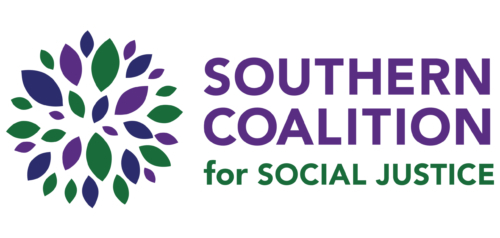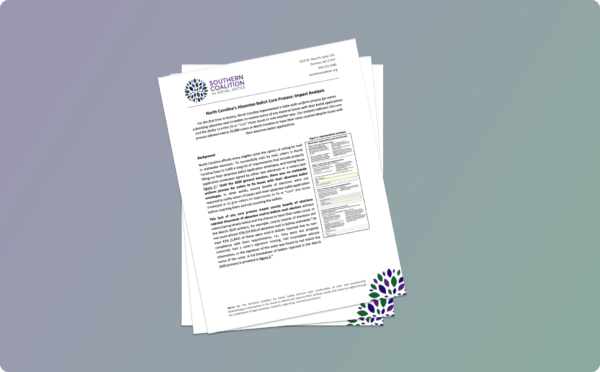READ OUR PRESS RELEASE ON THE IMPACT OF NORTH CAROLINA'S CURE PROCESS HERE.
In 2020, North Carolina mail-in “cure” process allowed nearly 20,000 North Carolinians to have their votes counted in the general election, according to our recently-released impact analysis.
SCSJ’s analysis of mail-in ballots with material errors from the 2020 November election revealed that the cure process helped almost 20,000 voters either: 1) cure their ballot (9,461) or 2) receive notice of an issue with their mail-in ballot, giving them the option to vote another way (10,006). The cure process also addressed the disproportionate impact of mail-in ballot rejections on voters of color in North Carolina. For example, of the more than 7,000 Black voters who had material defects with their mail-in absentee ballot applications, 27.1%(1,946) were able to use the cure process to have their vote counted and 60% (4,313) were able to find another way to vote.
We celebrate the tens of thousands of North Carolina voters empowered to make their voices heard in 2020 as a result of our advocacy — and we plan to keep up the fight for a permanent cure process for mail-in ballot envelopes.

